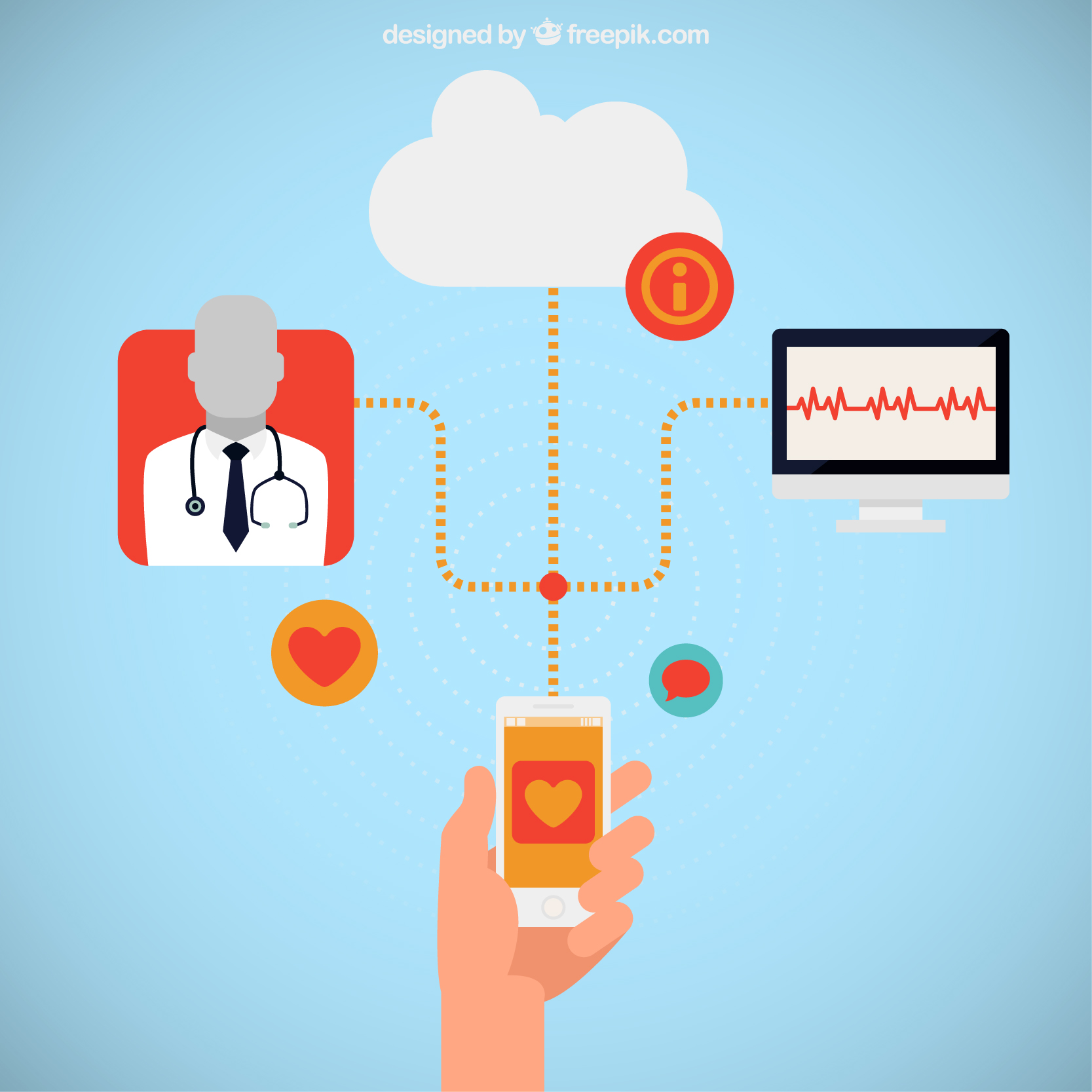Beyond the Surface: Discovering the Magic of Integrated Health Solutions

Strong 8k brings an ultra-HD IPTV experience to your living room and your pocket.
In the ever-evolving landscape of healthcare, the concept of integrated health solutions has emerged as a transformative force, promising to revolutionize patient care, streamline operations, and enhance outcomes. But what exactly are integrated health solutions, and how do they wield such magic in modern medicine? This blog delves into the depths of integrated health solutions, uncovering their benefits, challenges, and the future potential they hold.
Understanding Integrated Health Solutions
What Are Integrated Health Solutions?
Integrated health solutions encompass a holistic approach to healthcare delivery, where different systems, services, and stakeholders work cohesively to provide comprehensive care. This integration spans across various domains, including electronic health records (EHRs), telemedicine, wearable technology, patient management systems, and more. The goal is to create a seamless flow of information and coordination among healthcare providers, patients, and technology, resulting in improved efficiency and patient outcomes.
The Core Components
Electronic Health Records (EHRs): Centralized digital records that store patient information, making it accessible to all authorized healthcare providers.
Telemedicine: Remote diagnosis and treatment through digital communication tools, allowing for greater accessibility and convenience.
Wearable Technology: Devices that monitor and record patient health metrics in real-time, providing continuous data for better management.
Patient Management Systems: Tools that streamline administrative tasks, appointment scheduling, and patient follow-ups.
Data Analytics and AI: Advanced technologies that analyze vast amounts of health data to provide insights, predict trends, and support clinical decisions.
The Magic of Integration: Key Benefits
Enhanced Patient Care
Comprehensive View of Patient Health
Integrated health solutions provide healthcare providers with a comprehensive view of a patient's health history, current conditions, and treatment plans. This holistic perspective enables more accurate diagnoses, personalized treatment plans, and better-coordinated care. For instance, a physician can access a patient's previous medical records, lab results, and imaging studies, ensuring no critical information is overlooked.
Continuity of Care
One of the significant advantages of integrated solutions is the continuity of care they offer. Patients often see multiple healthcare providers across different specialties. Integration ensures that each provider has access to the same updated information, reducing the risk of redundant tests, conflicting treatments, and medical errors.
Operational Efficiency
Streamlined Workflows
Healthcare integration streamlines workflows by automating routine tasks and facilitating smoother communication between departments. This automation reduces the administrative burden on healthcare staff, allowing them to focus more on patient care. For example, integration can automate the transfer of lab results to the patient's EHR, eliminating the need for manual entry.
Cost Savings
Operational efficiency translates into significant cost savings. By reducing redundancies, minimizing errors, and optimizing resource use, healthcare organizations can lower operational costs. Additionally, better data management and streamlined billing processes lead to more accurate and timely reimbursements from insurers.
Improved Patient Engagement
Empowered Patients
Integrated health solutions empower patients by providing them with access to their health information through patient portals. Patients can view their medical history, test results, and treatment plans, making them active participants in their care. This transparency fosters better communication and collaboration between patients and providers.
Telehealth and Remote Monitoring
The integration of telehealth and remote patient monitoring systems with EHRs allows for seamless virtual care. Patients can consult with their healthcare providers remotely, and the data from wearable devices and home monitoring tools can be automatically integrated into their health records. This continuous monitoring and virtual engagement enhance patient care and convenience.
Advanced Data Analytics
Predictive Analytics
Integrated systems facilitate the collection of comprehensive data across the healthcare continuum. This data is invaluable for analytics, enabling healthcare organizations to identify trends, monitor outcomes, and drive quality improvement initiatives. For example, analyzing integrated data can help identify patterns in patient readmissions, leading to targeted interventions to reduce them.
Personalized Medicine
Advanced analytics powered by integrated data provide robust decision support tools for clinicians. Predictive analytics can identify patients at risk of developing complications, allowing for proactive management. Integration ensures that these tools have access to the complete data set needed for accurate predictions, paving the way for personalized medicine.
Overcoming Challenges
Technical Barriers
Interoperability Issues
One of the primary challenges in implementing integrated health solutions is achieving interoperability among different systems. Many healthcare providers use disparate systems that may not easily communicate with each other. Overcoming these interoperability issues requires adopting standardized protocols and investing in integration middleware.
Legacy Systems
Integrating legacy systems that were not designed for interoperability can be challenging. These older systems may require significant updates or replacement to integrate effectively with modern platforms. Healthcare organizations must weigh the costs and benefits of upgrading these systems against the potential improvements in efficiency and patient care.
Financial Considerations
Initial Investment
Implementing integrated health solutions requires an initial investment in technology and resources. This investment can be substantial, but the long-term benefits in terms of efficiency, cost savings, and improved patient care often justify the expenditure. Healthcare organizations need to develop a clear business case and secure buy-in from stakeholders.
ROI Justification
Healthcare organizations need to justify the return on investment (ROI) for integration projects. Demonstrating the tangible benefits, such as reduced errors, enhanced patient outcomes, and operational efficiencies, is essential for securing funding and support. Developing metrics and benchmarks to measure the impact of integration can help build a compelling case.
Organizational Culture
Change Management
Integrating new systems and workflows requires effective change management strategies. Healthcare staff must be trained and supported to adapt to new processes and technologies. Engaging stakeholders and fostering a culture of continuous improvement are crucial for successful integration.
Collaboration
Successful integration requires collaboration among various stakeholders, including IT departments, clinical staff, administrators, and third-party vendors. Building strong partnerships and fostering open communication are key to overcoming integration challenges. Creating cross-functional teams and involving end-users in the design and implementation process can enhance buy-in and adoption.
The Future of Integrated Health Solutions
Emerging Technologies
Artificial Intelligence and Machine Learning
AI and machine learning are poised to revolutionize healthcare integration. These technologies can enhance data analytics, predictive modeling, and decision support, driving more precise and personalized care. AI-powered tools can analyze vast amounts of data to detect anomalies, predict patient outcomes, and support clinical decision-making.
Blockchain
Blockchain technology offers promising solutions for secure and transparent data sharing. Its decentralized nature can enhance data integrity, reduce fraud, and streamline interoperability across healthcare systems. Blockchain can create immutable records of patient data, ensuring trust and accountability.
Patient-Centric Care
Integrated health solutions are paving the way for a more patient-centric approach to care. By ensuring that patient data is readily available and actionable, integration supports personalized treatment plans, proactive management, and improved patient experiences. Patients can engage with their health information, communicate with providers, and participate in their care more effectively.
Global Collaboration
As healthcare becomes increasingly interconnected, global collaboration on integration standards and best practices will be essential. International efforts to standardize interoperability and data exchange can drive innovation and improve healthcare outcomes worldwide. Organizations like the World Health Organization (WHO) and the International Organization for Standardization (ISO) play crucial roles in developing global standards.
Conclusion
The magic of integrated health solutions lies in their ability to transform fragmented systems into a cohesive, efficient, and patient-centric ecosystem. By enhancing data access, reducing errors, improving operational efficiency, and empowering patients, integration services are revolutionizing healthcare delivery. While challenges remain, the benefits of integration far outweigh the obstacles, making it an essential investment for the future of healthcare. As technology continues to evolve, integrated health solutions will play a pivotal role in unlocking seamless care and improving health outcomes for all.
In the journey towards integrated health, it is crucial to remain patient-focused, invest in cutting-edge technologies, and foster a culture of collaboration and continuous improvement. By doing so, healthcare providers can truly harness the hidden power of integrated health solutions, delivering better care and shaping a healthier future for all.
Note: IndiBlogHub features both user-submitted and editorial content. We do not verify third-party contributions. Read our Disclaimer and Privacy Policyfor details.





